January 25th was the Death Anniversary of Naren Bhattacharya, better known as M. N. Roy (1887-1954); An Indian revolutionary, radical activist and political theorist, as well as a noted philosopher from 20th century. Two part series will focus on the personality of M N Roy and his endeavours across the globe. It tries to highlight this fact that personalities like M N Roy, who were not rooted in any one particular national and ideological context, are being overlooked and the need to bring them back into the mainstream of national histories and also in histories of particular ideologies or movements. While tracing the intellectual and political Life of M. N. Roy, this part of the article will deal with Roy and Indian Politics.
After expulsion from Comintern, Roy covertly returned to India in 1930. He without delay became active in parts of Maharashtra, Uttar Pradesh but avoided Bengal to revive communists (Roy, 1997, p.86). Indian communists then were facing another setback with Meerut Conspiracy case of 1930. Roy attended Karachi Congress in 1931 under the name Dr.Mahmood. He was said to have played up a role in drafting Congress’ resolution on Fundamental Rights which included rights of the workers and peasants (Roy, 1997, p.109).
Roy was arrested in July 1931. He was named before as one of the accused in the Kanpur trial of 1924. Based on that, he was sent to prison for the next six years. He remained in touch with his followers from the prison. Roy wrote them regular letters and explained his positions on national and international issues of relevance (Karnik, 2012, pp.67-72). This secret activism of Roy was looked upon in the country with much curiosity (Chavan, 2013). He was released from jail in 1936.
Those were years after Gandhi’s second successful mass movement in 1930. Great depression of 1929 and its effects were being felt throughout the world. Fascism and Nazism were on rise in Europe and in parts of Asia like Japan and China. Hitler rose to power in Germany in 1933 and authoritarian KMT was gaining ground in China in early 1930’s. Roy was clearly opposed to forces of fascism and also Nazism.
In his international career, till now Roy was putting pressure on British Imperialism from outside. Now with his arrival on Indian political scene, he got a chance to work within the imperial structure and organize resistance. Upon his release from jail he joined Congress and started to “consolidate the leftist forces and radicalize the Congress organization” (Roy, 1997, p.112).
 Before the arrival of Roy, in early years of 1930’s, Congress was increasingly leaning towards the left. Jawaharlal Nehru and Subhash Bose were leading proponents of this camp. There were many young leftists within Congress rank and file like Jaiprakash Narayan and others who had formed Congress Socialist Party in 1934. With the arrival of Roy, this leftist camp in Congress was strengthened. It is visible that in the years, Roy was in Congress i.e. from 1936 to 1940, leftists posed a considerable challenge to the rightists in Congress led by stalwarts like Sardar Patel and Rajendra Prasad (Roy, 1997, pp.109-18).
Before the arrival of Roy, in early years of 1930’s, Congress was increasingly leaning towards the left. Jawaharlal Nehru and Subhash Bose were leading proponents of this camp. There were many young leftists within Congress rank and file like Jaiprakash Narayan and others who had formed Congress Socialist Party in 1934. With the arrival of Roy, this leftist camp in Congress was strengthened. It is visible that in the years, Roy was in Congress i.e. from 1936 to 1940, leftists posed a considerable challenge to the rightists in Congress led by stalwarts like Sardar Patel and Rajendra Prasad (Roy, 1997, pp.109-18).
Roy had argued for the twofold transformation of Congress. According to him, Congress should transform itself into a constituent assembly and should function as a government within government. He felt that this would serve political as well as practical purposes. He had held ideal of Jacobinism for India. He also gave a call for building up an alternative leadership in Congress which horrified many devoted Congressmen (Chavan, 2013, pp.185-88).
In general, these ideas of Roy found no support in Indian masses. His ideas about radical transformation of backward Indian society based on reason attracted many thinking young minds like Y B Chavan, A B Shah, ‘Tarka teerth’ Lakshman Shastri Joshi, Justice V M Tarkunde, H. R. Mahajani, V B Karnik, D B Karnik and Govind Talwalkar etc who later carried on his line of thinking in their own ways and in their respective professions. But he could not build a mass movement, nor influence one, based on his ideas.
In 1939, Second World War broke out in Europe. British Viceroy had announced that India would take part in it without consulting Indians. Congress took a position that this war has nothing to do with India, so we will not support it. On the contrary, Roy felt that fascism is a greater threat to the democracies and democratic forces around the world and so allies (Britain and France) should be supported in this war.
He resigned from Congress due to differences with leadership over several matters in 1940 and formed his own party called as Radical Democratic Party (Roy, 1997, pp.118-19). He gathered support for the British war efforts in those years by participating in Viceroy’s executive council long with B R Ambedkar. Both were criticized much for this as well (Gokhale, 2001, pp.225-44) (Karnik, 2012, pp.90-91). Like Savarkar and many others, he never supported Congress’ call for the British to ‘Quit India’ in 1942.
In the years 1941-1945, Roy had developed a plan for independent India's economic development known as 'People's Plan'. We can draw similarity here with another such effort by Indian industrialists who had come up with ‘Bombay Plan’ in 1944. He also had prepared a draft constitution for India. These facets of Roy are very less known. Roy's party fared badly in 1946 elections (held to form constituent assembly for India) (Roy, 1997, pp.120-25) (Karnik, 2012, pp.92-93).
 India achieved independence in 1947 in conjunction with partition. Overall political and social atmosphere in the country then was charged with communal frenzy and millions of people had to suffer. It dismayed Roy much. All through his life he was opposed to religious orthodoxy and he had to see the effects of the violence based on the religion. He decided to dissolve his party in 1948 and retire from active politics, another similarity with Savarkar who dissolved his ‘Abhinav Bharat’ in 1952. This put an end to the third phase of Roy’s life.
India achieved independence in 1947 in conjunction with partition. Overall political and social atmosphere in the country then was charged with communal frenzy and millions of people had to suffer. It dismayed Roy much. All through his life he was opposed to religious orthodoxy and he had to see the effects of the violence based on the religion. He decided to dissolve his party in 1948 and retire from active politics, another similarity with Savarkar who dissolved his ‘Abhinav Bharat’ in 1952. This put an end to the third phase of Roy’s life.
In late 1940's, Roy propounded a thesis on 'Radical Humanism'. It completed his intellectual journey from radical nationalism to radical humanism via radical Marxism. In this thesis, freedom and reason are considered to be the greatest values for individual. He differed with Marxist ideas of emancipation, as they discounted the value of an individual, with his focus on individual and his development. Roy wanted to present his thesis, which he published in 1948, as an alternative to Karl Marx's Communist Manifesto which was published in 1848, though it never achieved that status and fame (Karnik, 2012, pp.94-97).
‘Radical Humanism’ is a philosophy which encompasses whole of human life. Roy himself has said that this is not a new philosophy as such. It is inspired from the 18th century thinkers and European enlightenment. Radical Humanism was completely opposed to religion and its tyranny in any form over human life. It believed in modernity and individual’s capacity for reason (Karnik, 2012, pp.94-97). Roy’s fascination to Marxism was neither political nor economic, rather it was more of philosophical than material (Roy, 1997, pp.134-35). In a way, he carried on the same link forward with his thesis.
Roy spent most of the years (1948-54) of his fourth phase at a Himalayan town Dehradun in reading, writing and training young minds. He had formed Indian Renaissance Institute to put forth Indian version of ' Frankfurt school' which was prominent in critical theory (Makalani, 2011). In his twilight years, he came closer to Gandhian thought when he also gave a call for partyless democracy and also warned against the centralizing tendencies in politics probably in response to Nehru’s overwhelming leadership in the Congress party and in country at large. Roy died in 1954 at Dehradun (Karnik, 2012, pp.97-98).
Roy is never considered as an important figure in the history of international communist movement as he was expelled later from the Comintern. He is also not taken seriously for his contribution to the thinking on Imperialism. Because of his international career and long absence from the Indian national arena, Roy is never given due credit in the history of Indian national movement as well. He remains on the periphery of all three above mentioned areas partly because of his failures in all of his endeavors. He failed to overthrow the British through radical methods, failed to spread revolution based on Marxist principles in colonies and also couldn’t build support for his positions on Indian politics.
Roy, with his active participation in national and international struggles, forms ideal subject matter for inquiry in the academic field of global intellectual history. His interesting life story includes formation of two communist parties one of which in Mexico, so far away from India then, active role in Chinese civil war and politics in India. He travelled and worked in distant lands like Mexico, Russia and China in the days before the advent of travel enabled due to globalization. This is in itself remarkable. Very few Indians other than Tagore, Gandhi and Nehru had that type of exposure to the world. He also got a chance so rare in his contemporaries to work with the stalwarts of 20th century like Lenin, Mao, Gandhi and Nehru. He argued with them, differed with their ideological positions and also was courageous enough to make public his pronouncements.
Roy has been forgotten so much from the intellectual-political setting that he doesn’t even find a place in Ramachandra Guha’s book on ‘Makers of Modern India’ which lists 19 outstanding individuals who had contributed in shaping modern India. This speaks volumes about Roy’s place in contemporary times and also the need to restore such thinkers into our mainstream intellectual surroundings.
- Sankalp Gurjar
References:
1. Roy, S., 1997. M N Roy: A Political Biography. Hyderabad: Orient Longman.
2. Karnik, V.B., 2012. Manvendranath Roy ( Marathi). Delhi: National Book Trust.
3. Chavan, Y.B., 2013. Krishnakanth. Pune: Rohan.
4. Gokhale, D.N., 2001. Dr. Ambedkaranche Antarang ( Marathi). Mumbai: Mauj.
5. Makalani, M., 2011. H-Net. [Online] Available at: http://www.h-net.org/reviews/showrev.php?id=33638 [Accessed 23 November 2014].
Read Part One of the article:
Revisiting M. N. Roy
Tags: Indian Freedom Struggle Indian Politics Scientific Humanism Sankalp Gurjar एम एन रॉय भारताचा स्वातंत्र्यलढा कॉंग्रेस संकल्प गुर्जर Load More Tags

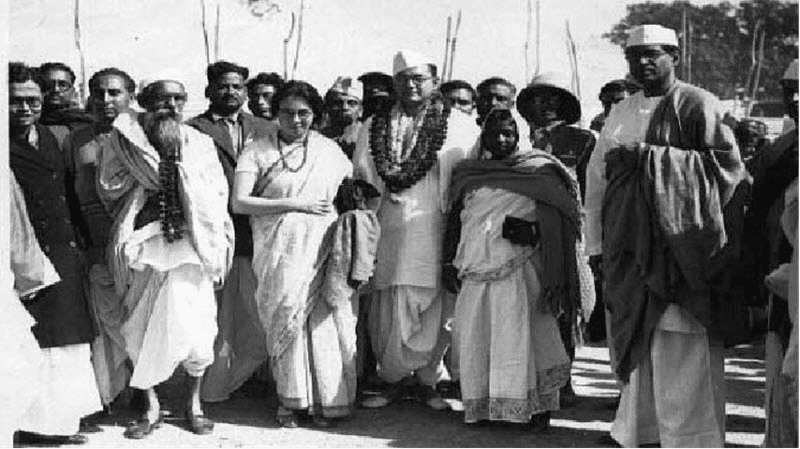


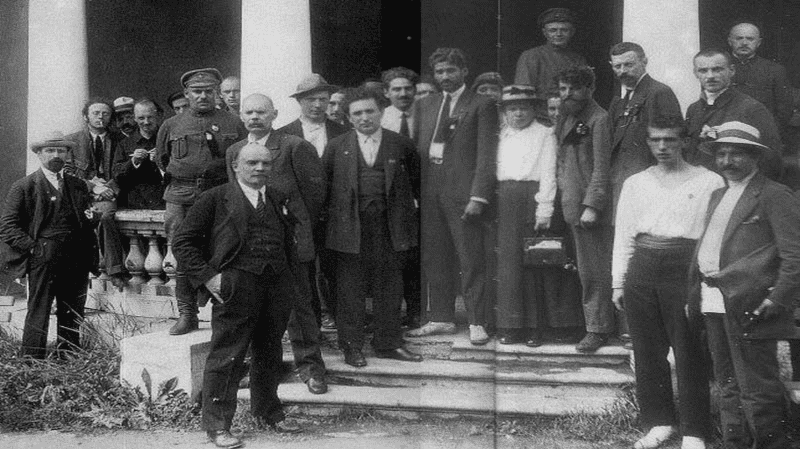
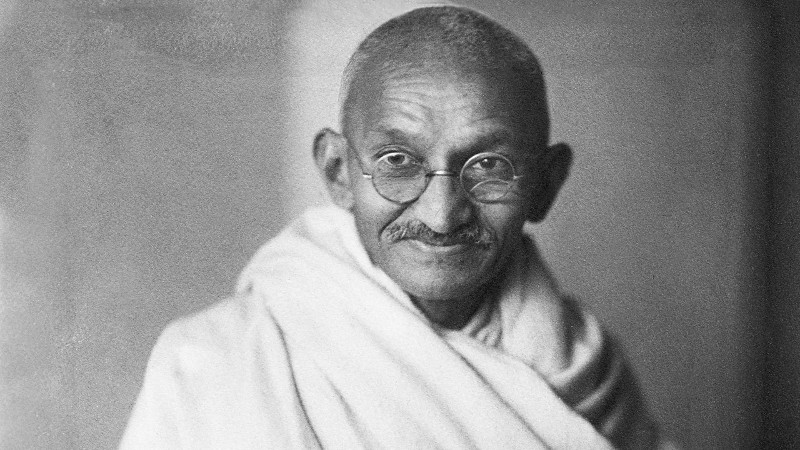
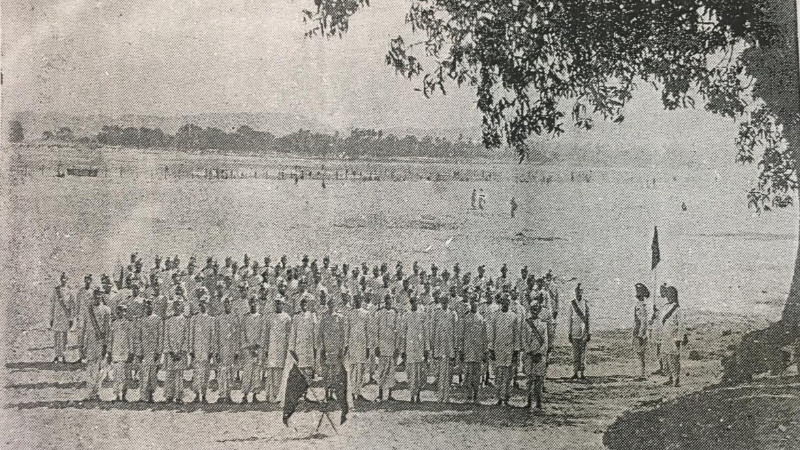

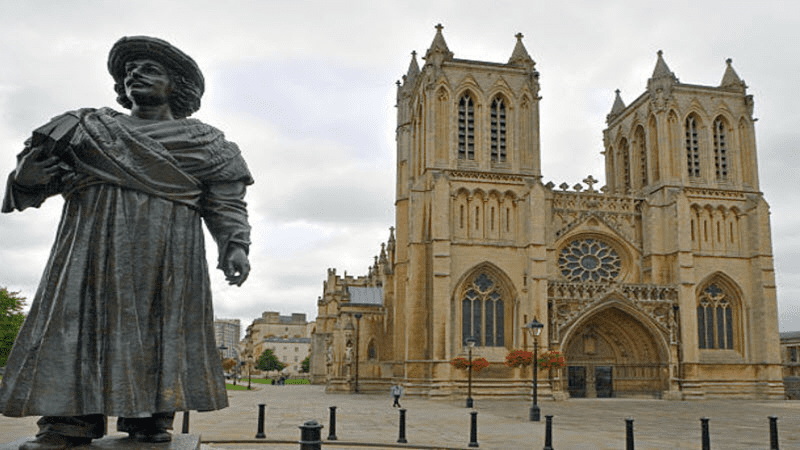
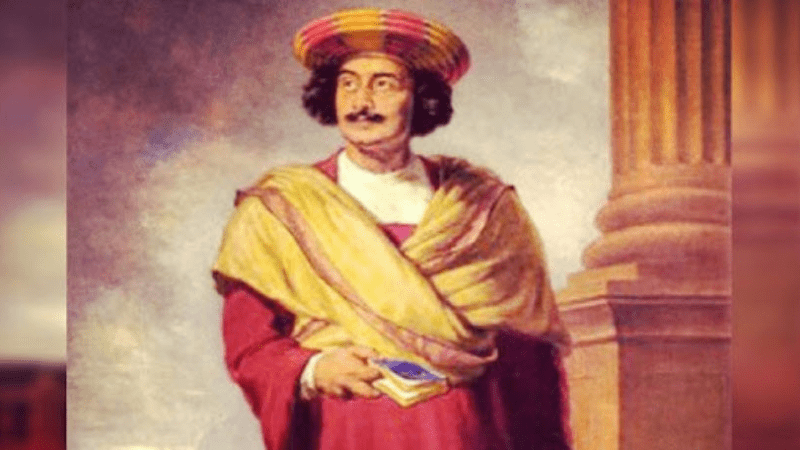
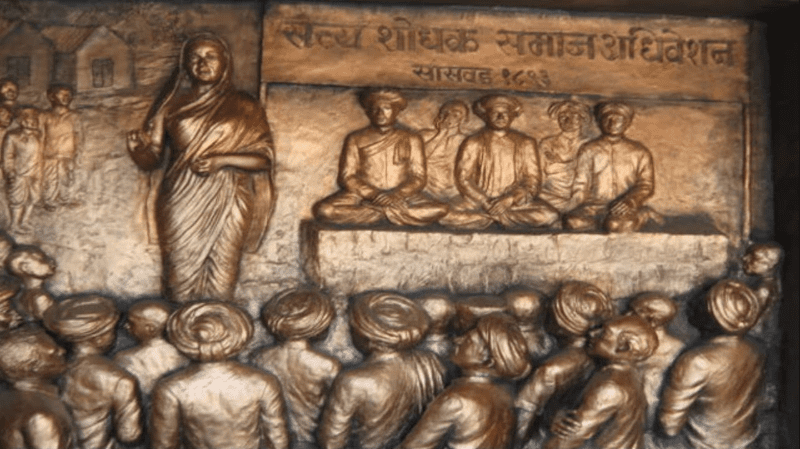
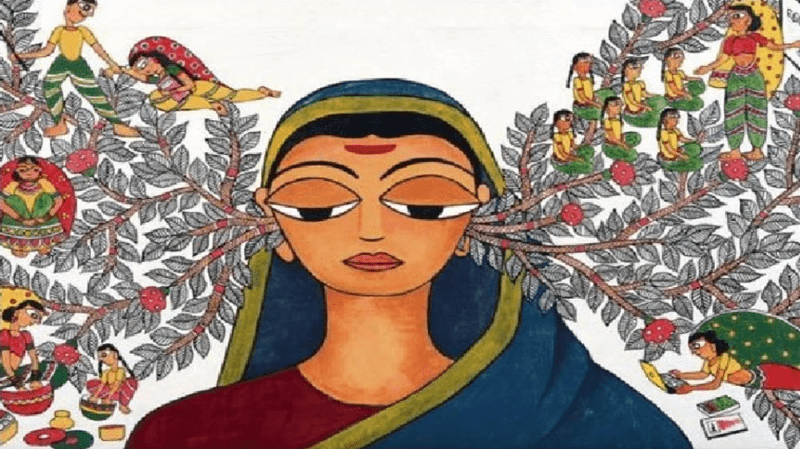

























Add Comment